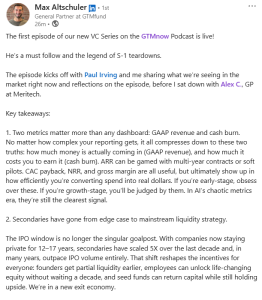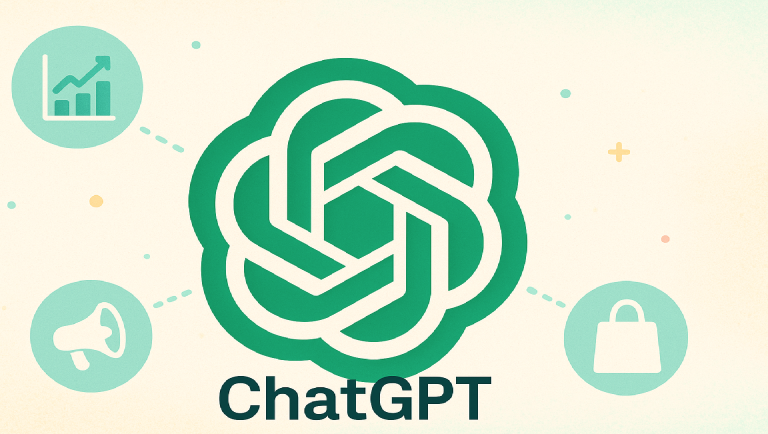
Retailers are facing increased competition at a time when high inflation and higher prices are limiting consumers’ spending potential. This year, brands will have to work harder than ever to cut through the noise and drive purchase intent, and data marketing can and should play a central role in retailers’ and brands’ ecommerce strategies.
From personalization to product feed, effective data management and utilization support a leak-proof customer journey, driving more consumers towards the bottom of the funnel and subsequently boosting sales and revenues.
Dig deeper: 4 essential tips to maximize holiday inbox placement
The volume of traffic being referred to retail websites by Generative AI (GenAI) tools is rising rapidly, with U.S. and U.K. sites experiencing increases of 4700% and 1200% over the past year. While traditional search engines like Google and Bing still dominate the market, this rapid growth means that retailers now have to consider GEO (Generative Engine Optimisation) in addition to SEO.
Retailers and brands with a significant online presence often spend most of their media budget on Search Shopping campaigns, which draw on product feed data to determine what information appears. Consistency and reliability are key, but with much of the data for search lifted from retailers’ websites, which are rarely optimised for this use, inaccuracies start to slip in.
Advancing AI product discovery
Improving product feed titles and descriptions typically yields the greatest success in terms of performance. However, manually updating this data would be highly time-consuming. It is possible to overcome this challenge by using GenAI to drive automated edits, resulting in a measurable impact on the bottom line.
Working with Salomon, a major sporting goods brand, fifty-five designed and integrated a Gen AI prompt that adapts these key attributes into specific formats following best practices. In a proof of concept study, fifty-five implemented A/B testing with FeedX to track against various KPIs, including click-through rate (VTR), conversions and revenue across nearly 700 products in the U.K. market.
The results validated the prompt’s impact on performance, with the GenAI-powered catalogue generating a 43% increase in CTR. Traffic appeared around twice as qualified compared to the non-optimised control group, resulting in an 81% rise in conversions.
These conversions led to a 34% increase in spend and an 83% increase in revenue, while the return on ad spend more than doubled, allowing Salomon to achieve better results with less investment.
Shifting to a data-led conversion strategy
As consumers become more careful with their spending, product-led companies can no longer rely on the strength of their brand to generate sales. Improving customer experience across different devices helps to increase engagement and conversion, but for lasting results, brands need to implement a continuous conversion rate optimisation (CRO) strategy.
By defining a quarterly roadmap of test scenarios based on precise objectives, opportunity analysis and hypotheses and prioritised according to complexity and business value, brands can take a structured approach to iterative improvements.
Dig deeper: Your holiday marketing playbook must put sincerity before sales
Developing and setting up scenarios and undertaking two tests per month continuously enriches the internal roadmap, guiding the best routes for project deployment. In the case of Hugo Boss, for which fifty-five created a ‘CRO Factory’, 60 tests and customisation scenarios resulted in an 11% increase in conversions via the desktop website, and a 22% rise in conversions on the mobile website.
In the current economy, brands cannot afford to have leaky customer journeys. Plugging holes throughout the customer pipeline keeps them within the funnel, increasing the likelihood of click-throughs, conversions and revenue. While data can be used to identify drop-off points, brands can also use data-driven personalisation to nudge consumers towards a purchase.
Cutting through competition
Abandoned baskets are one of the best opportunities for retailers to strengthen conversion rates. Optimising communications that encourage potential customers to pick up where they left off ensures that more will complete purchases, with both timing and content being critical to both click-through and conversion.
For a UK-based electronics retailer, fifty-five conducted multiple tests over five years, implementing a more robust email volume alert system and identifying the impact of different communication channels, timing and personalisation on sales. Emails and SMS messages were found to be the most effective, with the resulting communications process enabling the company to increase the revenue generated from abandoned baskets by 72%.
Dig deeper: How to turn holiday shoppers into loyal friends, not one-time buyers
Despite increasing competition, taking a systematic approach that includes robust data-led insights and applications can help retailers and brands to stand out online and move consumers down the marketing funnel.
When deployed for the correct use cases with efficiency, planning and expertise, automation and GenAI are critical drivers of success throughout the customer journey, improving the customer journey while helping retailers to become more cost-effective and profitable.
The post How data and genAI are helping retailers boost conversions in a tough economy appeared first on MarTech.



















